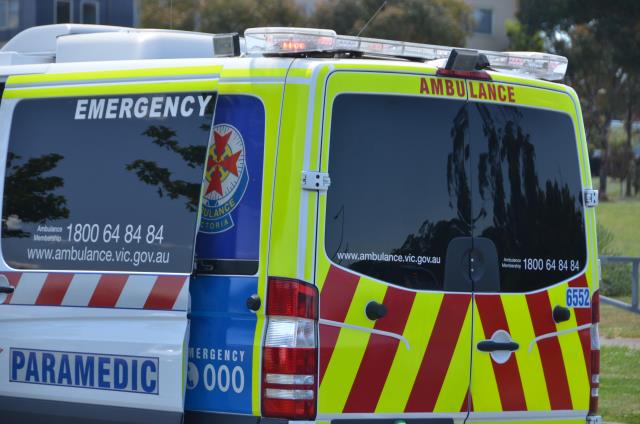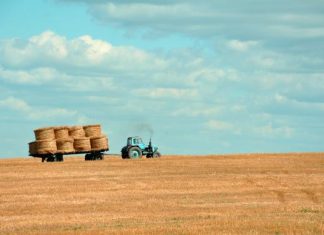Sarah Oliver
Ambulance response times continue to worsen in Melton and Moorabool, according to the latest data from Ambulance Victoria.
The latest performance data for the three months to December shows the health system is still under significant pressure from the effects of the COVID-19 pandemic.
Paramedics experienced the most code one calls Victoria has ever seen in any given quarter, with 91,397 cases between October and December, a 16.2 per cent increase on the same time in 2020.
Code one refers to calls which involve incidents that require urgent paramedic and hospital care, based on information received during the call, according to Ambulance Victoria.
In Melton, the average response time in the December quarter increased to 17 minutes and 36 seconds, compared to fifteen minutes and four seconds in the September quarter.
Responses that took less than fifteen minutes to respond decreased to 53.2per cent compared to 63.5 per cent.
There were 2905 calls made compared to 2275 in the quarter before.
Moorabool’s response time also increased to 20 minutes and one second compared to 17 minutes and 6 seconds in the September quarter.
Ambulances that took less than fifteen minutes also decreased to 43.7 per cent compared to 52.4 per cent.
The shire only saw a decrease of calls by 8 with a total of 449 calls.
Across the state, between October and December, a total of 45,087 calls to triple zero did not need an emergency ambulance.
These calls were instead connected by paramedics and nurses in the Secondary Triage Service to more appropriate care.
Currently, as many as one-in-five calls to triple zero for an ambulance do not actually need an emergency ambulance response according to Ambulance Victoria.
Chief Executive Professor Tony Walker said Ambulance Victoria is asking residents to save triple zero calls for emergencies.
“Every call for assistance that isn’t an emergency puts significant strain on our crews to reach those who need us the most.
“We are now seeing a significant increase in calls from people with COVID-19 symptoms, many who do not require emergency care.
Professor Walker said the record workload and slower response times were no surprise given the ongoing and extraordinary impact of the COVID-19 pandemic, right across the state and Australia.
“Demand is now higher than pre-pandemic levels. During the last quarter we were challenged by the peak of the Delta wave, the easing of COVID-19 restrictions and the emergence of the Omicron COVID-19 variant,” he said.
“Performance has also been impacted by the time spent offloading patients at busy hospitals and sicker patients who have delayed visiting their GP or specialist now finding themselves more unwell.
“Paramedics are under increasing pressure due to fatigue and record workload, wearing PPE to all cases and furloughing due to COVID-19 exposure, reducing staff and ambulance availability.”







